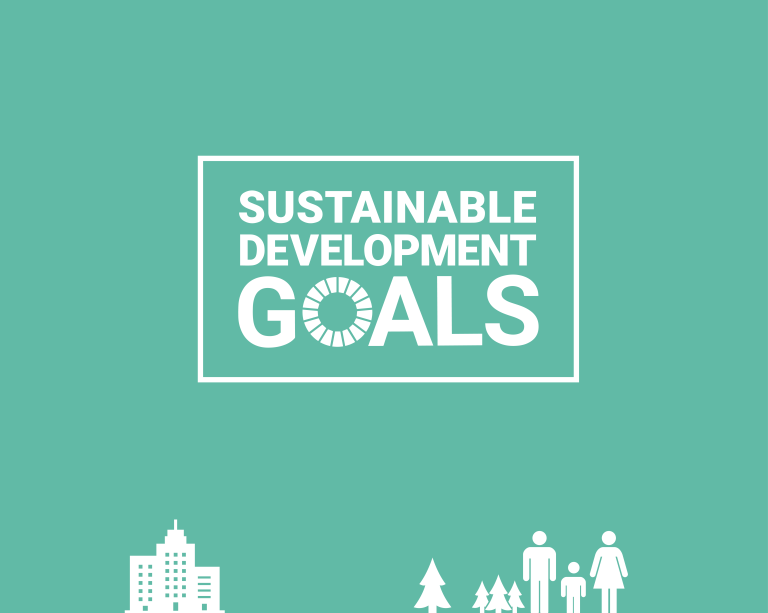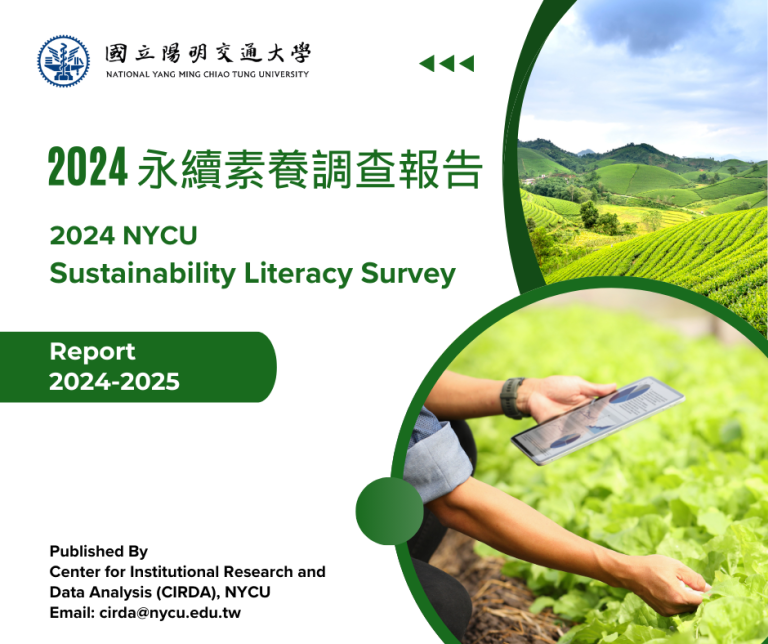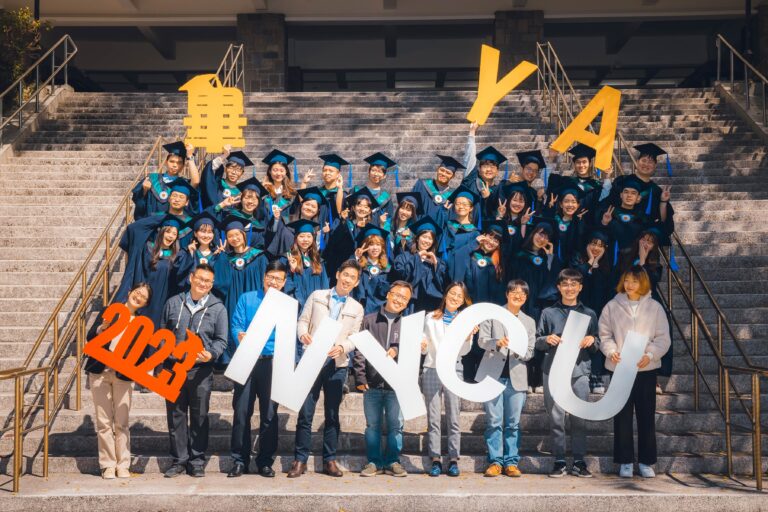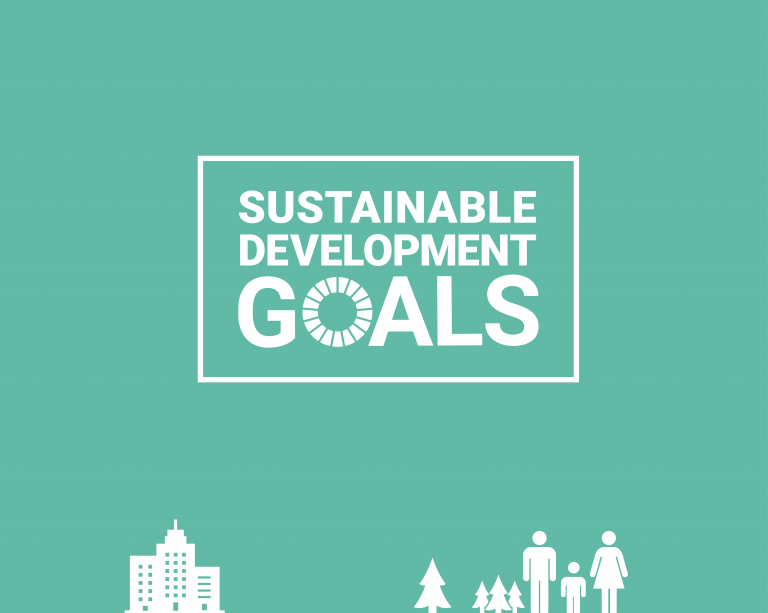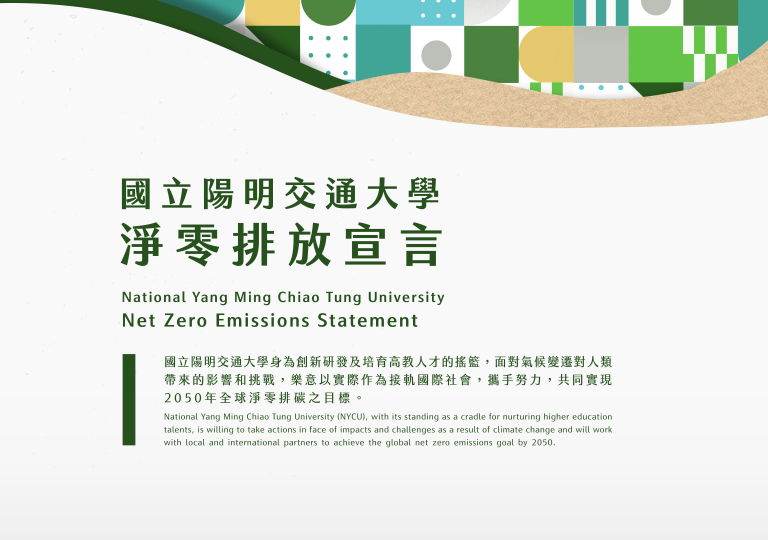In recent years, the global outbreak of the pandemic led to the growth of smart healthcare. According to a report by Grand View Research, the global smart healthcare market reached $149.4 billion in 2022 and is projected to grow to $385.2 billion by 2030, with a compound annual growth rate of 12.8%. In this context, the demand for critical care is increasingly urgent, particularly in the early warning and prediction of medical conditions such as arrhythmias, sepsis, and cardiac arrest.
The breakthrough technology developed by Professor Tseng’s team Professor Vincent S. Tseng’s team has developed “Multi-Objective Series Early Prediction Technologies and the Alarm System for Critical Care” that can predict the onset of critical illnesses and issue timely warnings. Combining expertise in artificial intelligence, medicine, and data science, this technology utilizes deep reinforcement learning and multi-objective optimization algorithms and physiological signal datasets such as electrocardiograms to establish a highly accurate prediction model for critical illnesses. It has not only gained recognition in academia but also won the 2023 Future Technology Award, demonstrating its value in practical medical settings.
Professor Tseng and his team have developed the “Multi-Objective Series Early Prediction Technologies and Alarm System for Critical Care,” which utilizes advanced early prediction algorithms based on deep reinforcement learning and multi-objective optimization. The system comprises several innovative components, including the Snippet Policy Network, Knee-Guided Neuro-evolution Algorithm (KGNA), Controlling Agent, and Discriminator, which can extract snippet features from various physiological signals corresponding to the input time series and fuse deep learning technologies to construct highly accurate predictive models. This system utilizes intelligent agents to control decision making processes and multi-objective optimization techniques to achieve the best prediction results that maintain a balance between accuracy and timeliness in early output. Additionally, the constrained KGNA enables users to prioritize specific prediction targets based on their application requirements. The system has undergone extensive performance validation. It serves not only as a reliable early warning tool for critical illnesses but also has the potential to expand into other areas, such as smart healthcare and abnormal prediction in smart sensing across various domains. Professor Vincent S. Tseng’s team provides a quantitative explanation regarding Benchmarking, wherein the early prediction models established by their technology are evaluated using metrics such as Accuracy, Earliness, Recall, Precision, F1 score, Harmonic Mean, and AUC (Area Under ROC Curve). The harmonic mean, in particular, serves as an indicator that simultaneously considers accuracy and earliness. Through tests on various large publicly available electrocardiography datasets, the average accuracy in predicting arrhythmia and early sepsis surpasses 0.82 and 0.90, respectively, achieving optimal earliness. The result illustrates that this technique significantly outperforms other cutting-edge methods across multiple metrics.
Applications and Future Prospects of the Technology The industry-academia collaboration between Professor Tseng’s team and Landseed International Hospital demonstrates the feasibility of their application in actual medical environments, validated through clinical trials with an AUC of 0.914. The team’s technology not only enhances the quality of medical care and reduces staff workload but also improves survival and recovery rates of critically ill patients, thus alleviating the physical, mental, and financial burdens on patients and their families. Moreover, the application of their technology can extend far beyond medical facilities to integrate AIoT technologies like smart wards and branch out into other time-series related sectors such as manufacturing for early anomaly prediction and warning. The technology developed by Professor Tseng’s team has sparked a revolution in smart healthcare, substantially improving emergency and critical care. As this technology continues to evolve and be applied, our college anticipates its capacity to catalyze further innovation and advancement within the global healthcare sector. This achievement is not only a technological feat but also a profound contribution to human health and welfare. With the ongoing promotion and utilization of this technology, we are confident that smart healthcare will usher in a new era of medical care.
Article Source: NYCU CCS Magazine
